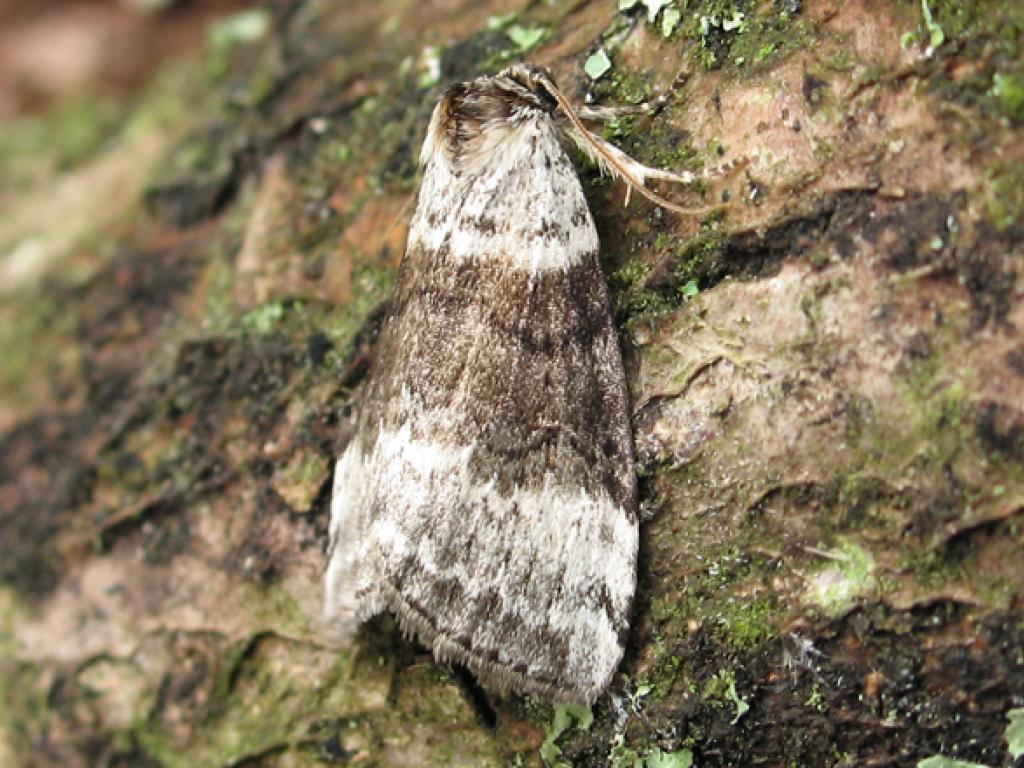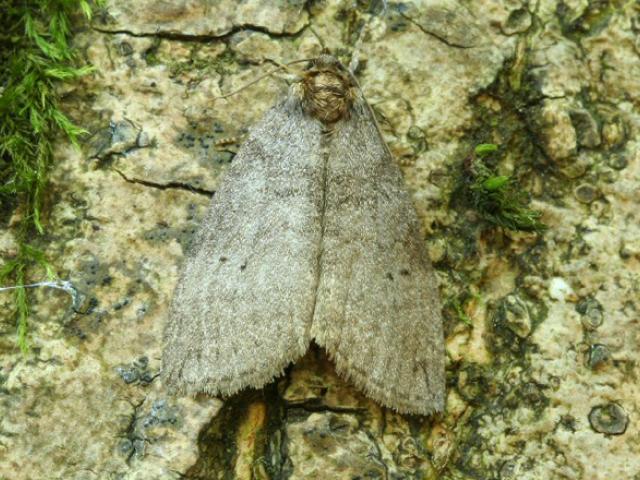
Common Lutestring
Generally larger than the Common Lutestring. Look for a small dark dash at the leading edge of the forewing near the wingtip. The outer half of the forewing is usually a paler colour but a darker form f. albilinea is darker.
The adults fly at night and are attracted to light.
The caterpillars can be found from late July to mid-September feeding at night and resting between two leaves spun flat together during the day. They overwinter as pupae in a delicate cocoon between leaves of the foodplant which fall to the ground with the leaves in autumn.
Birches and sometimes Alder (Alnus glutinosa)
Mature broadleaved woodland and wooded heath in south-east England
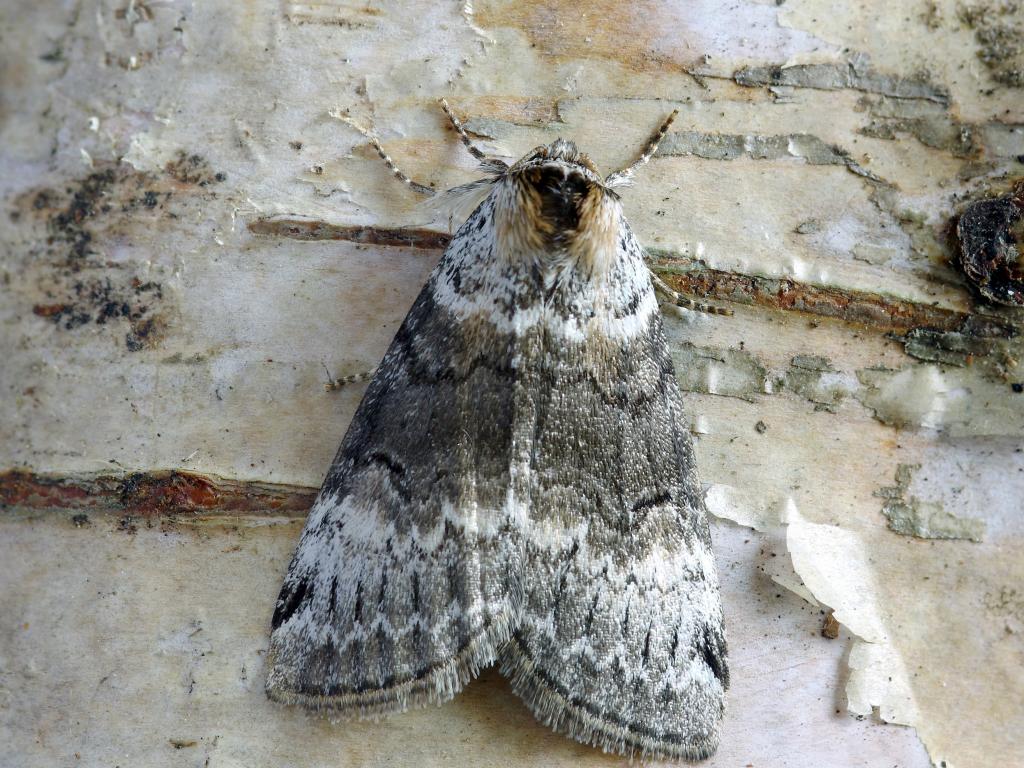
Satin Lutestring - Garry Barlow
Garry Barlow
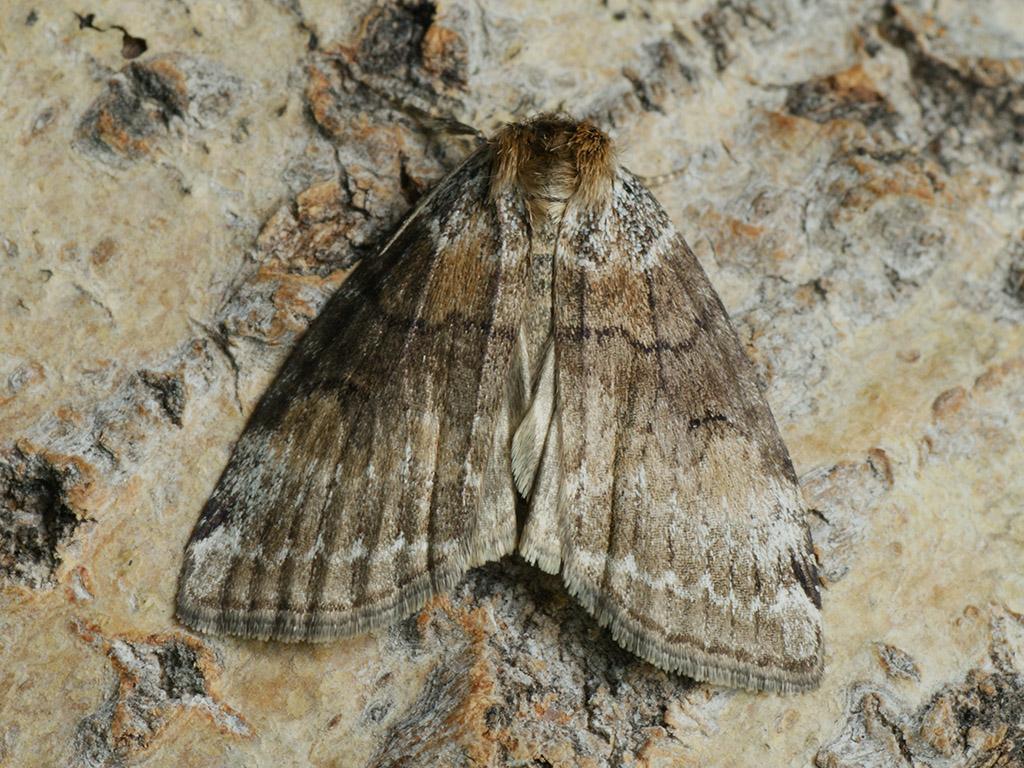
Satin Lutestring - Ilia Ustyantsev
Ilia Ustyantsev
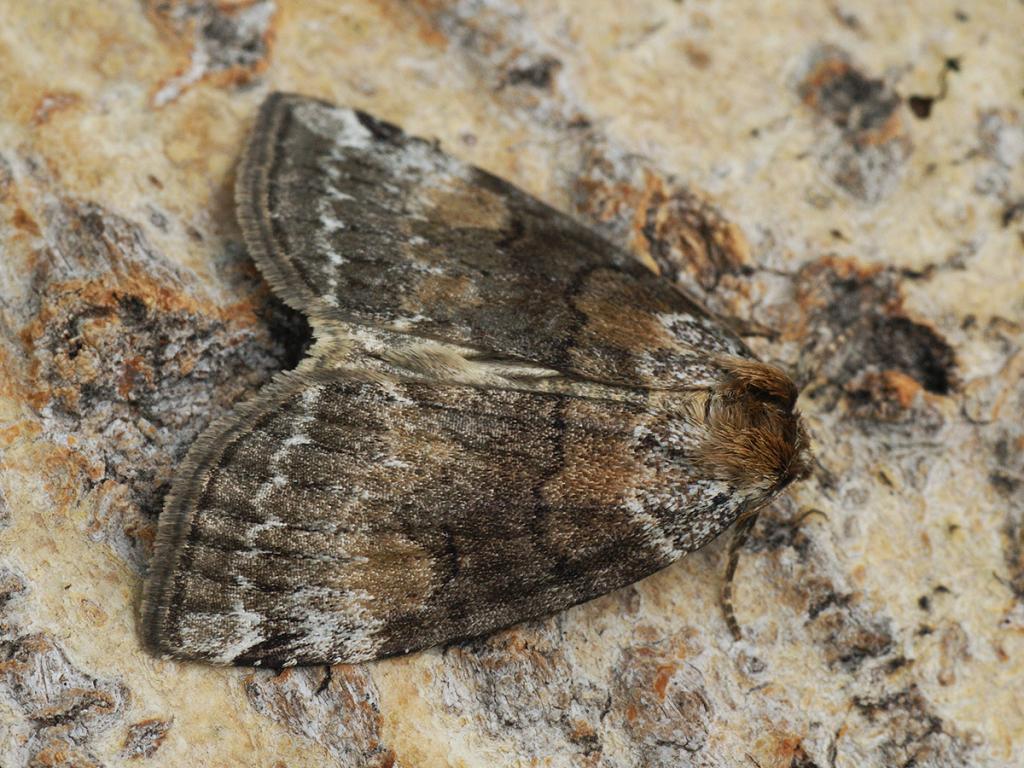
Satin Lutestring - Ilia Ustyantsev
Ilia Ustyantsev
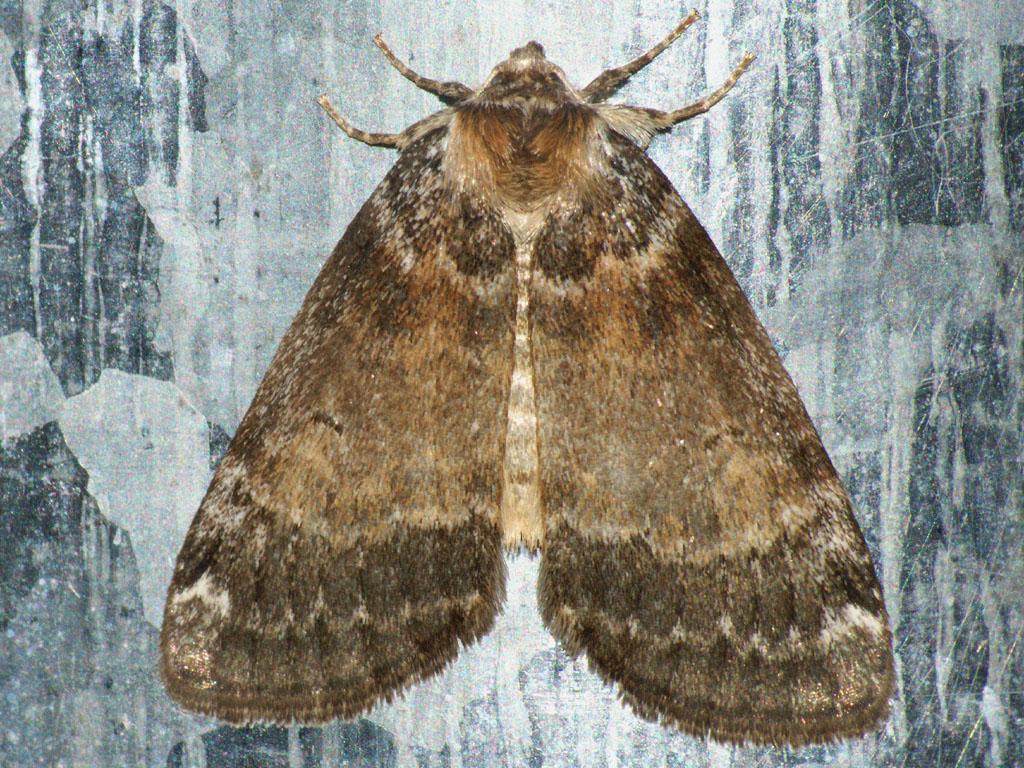
Satin Lutestring - Ilia Ustyantsev
Ilia Ustyantsev
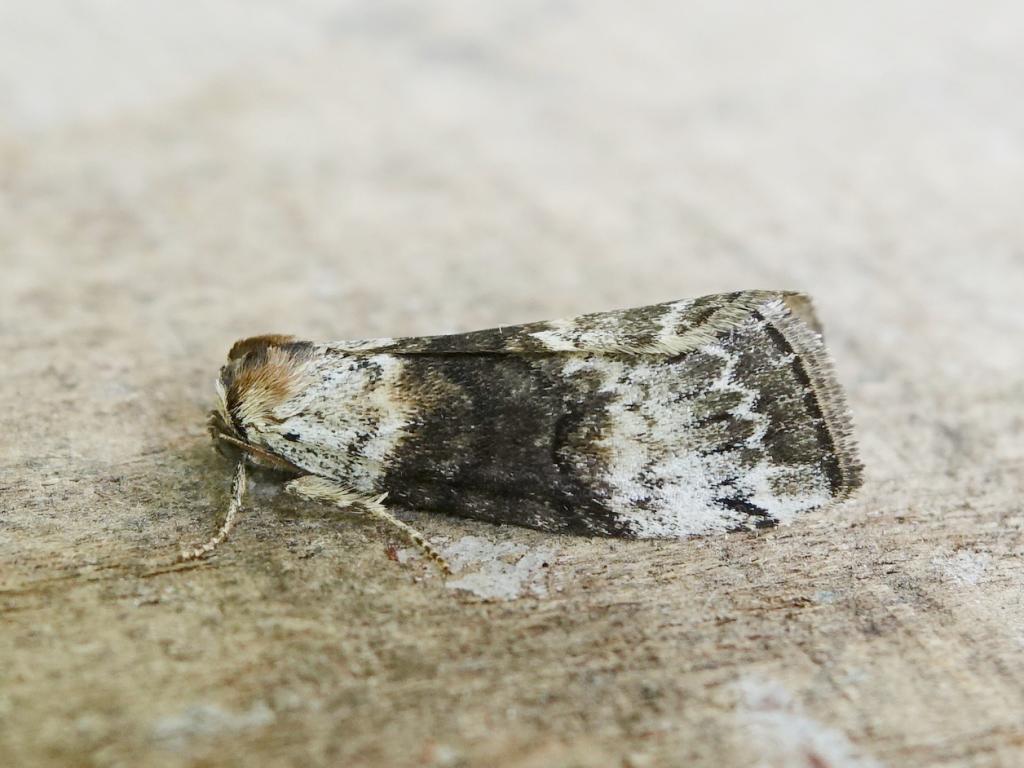
Satin Lutestring - Sue Davies
Sue Davies
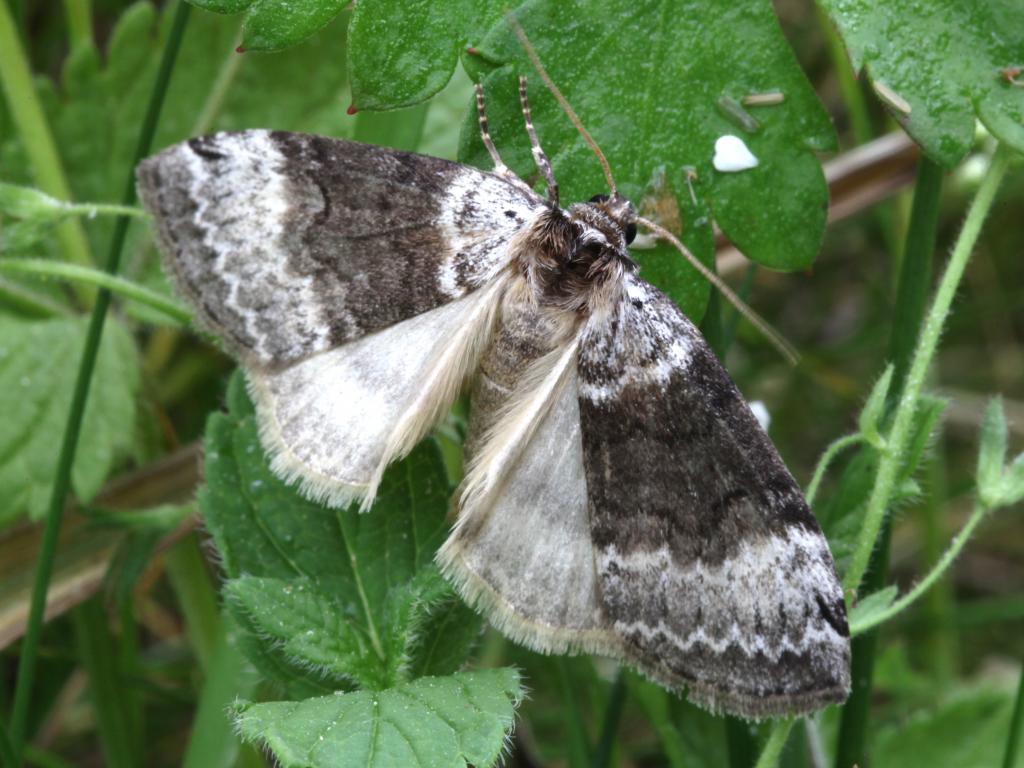
Satin Lutestring - Garry Barlow
Garry Barlow
